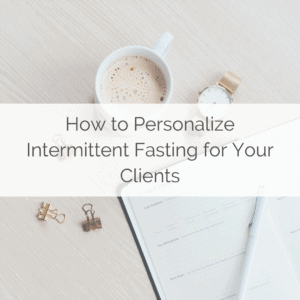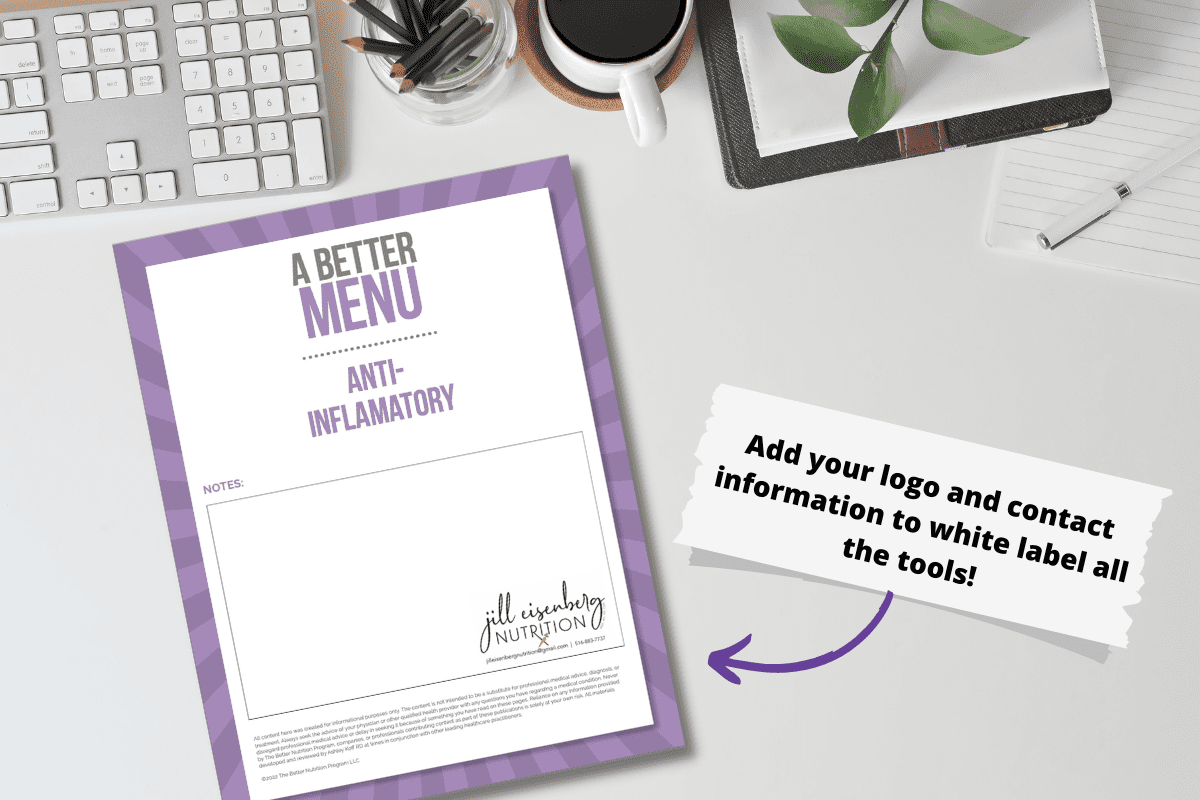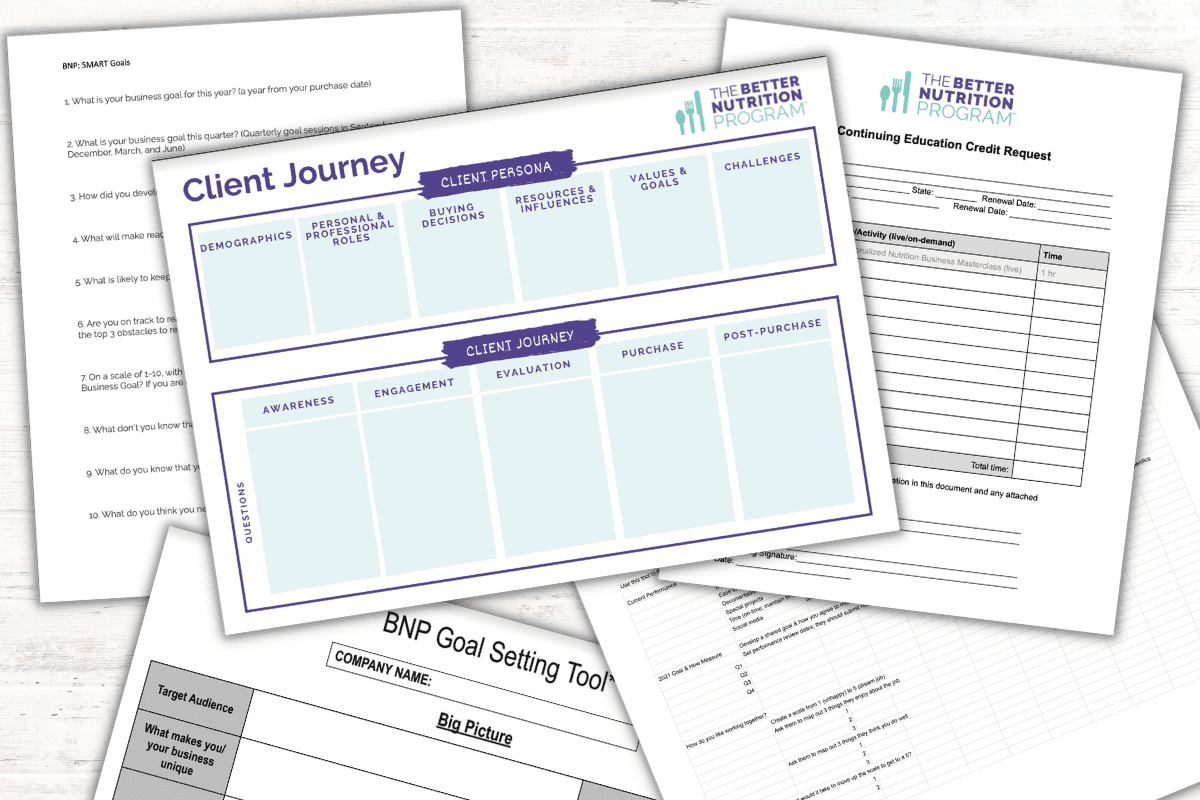Intermittent fasting is all the rage right now—but your clients need you to help them personalize a fasting plan to get better results. In A Practitioner’s Guide to Personalize Intermittent Fasting discover the key questions you need to ask to help your clients get better (read: lasting!) health outcomes.
In this article, you’ll …
- Learn how to personalize fasting for each client
- Understand the key questions you need to ask and reassess for lasting results
- Recognize which clients might benefit from specific types of intermittent fasting—and who should steer clear
- Get the tools you need to have better conversations about fasting with all of your clients
When it comes to trendy weight loss strategies, intermittent fasting (IF) is at the top of the list. There’s a good chance most of your clients have tried some form of IF—and if they haven’t yet, they’re probably interested in hearing more. There’s also a good chance that you understand the benefits of IF and want to share what you know with your clients.
So many people assume IF success depends on compliance. It’s actually another factor! Is her IF strategy effectively personalized? This determines whether she will enjoy lasting better health results or not, says Ashley Koff, RD, CEO of The Better Nutrition Program. “Intermittent fasting is a tool, but your clients need a personalized plan to use it to reach their health goals,” says Koff. “That means you, the practitioner, are an essential ingredient in this recipe for lasting success.”
3 Steps to a Winning IF Personalization Strategy
To help your clients navigate their IF journey and land on a plan that’ll work optimally for them, follow these steps:
Step No. 1: Figure out if IF is a good idea. Some clients simply shouldn’t follow any form of IF, including (but not necessarily limited to):
- Pregnant women
- Kids and teenagers
- Older people, whose calorie and nutrient intake may already be limited
- Type 1 diabetics
- People with a body mass index (BMI) under 18
- Patients with heart failure, on blood pressure medication, or who are Type 2 diabetic and not taking insulin
Also, keep in mind it’s always a good idea to talk to your clients’ other healthcare practitioners if they’ve got specific health concerns or are taking any medications (even over-the-counter!) before starting an IF plan.
Step No. 2: Personalize your recommendations.
If your client is a good fit for IF, you’ll want to ask a number of questions. It is easy and efficient to use BNP evaluations to tailor each client’s IF strategy to his or her specific needs. “There are so many factors associated with whether or not someone will be successful with an IF approach, which means personalization is crucial,” says Kristin Kirkpatrick, RD, a registered dietitian, The Better Nutrition Program member, and an expert in IF who has had countless patients succeed on personalized IF plans. Keep reading for more specifics to personalize every client’s IF plans to tee them up for lasting success.
Step No. 3: Reassess your clients to make sure IF is successful.
Better nutrition that leads to better health outcomes only works if the strategy creates lasting results, says Koff. This means it’s crucial that you check in with your clients along their IF journey. Help them navigate what to do when “life happens” and their needs shift. Follow-up to reassess their needs and help them make better choices as a result of their ever-evolving situation. The beauty of this is that it will inspire your clients to see you as a crucial partner in their health journey—a win-win for them and for your business!
3 Most Popular Intermittent Fasting Strategies—Plus How to Personalize Each
While there are several different approaches to IF, here are the most common—and some pointers that’ll help you personalize each approach for your clients:
The 5:2 approach:
This is when you spend five days of the week eating a healthy diet (no calorie counting!) and two days fasting (when you’ll consume fewer than 500 calories if you’re a woman and under 600 calories if you’re a man). “Your fasting days shouldn’t be consecutive,” says Kirkpatrick, “and the days you’re not fasting shouldn’t involve all the pizza and ice cream you like!”
>Personalize it: It’s important to help your clients meet their nutrient needs (and not overdo it!) on the five days they’re eating, says Koff. “This is where you can use tools like The Better Nutrition Plan & Journal to introduce and practice core principles like quality, quantity, frequency, and nutrient balance.” If it’s in your scope of practice, you can show your clients how to meet their needs with foods first and supplements as needed, Koff adds. However, low-calorie days require significant personalization. Should your client still take her supplements? Do you need to add a supplement to her regimen, like magnesium because it is tricky to get enough when consuming just 500 calories a day? This is where key evaluations before as well as during IF helps you assess a client’s needs and help her meet them. Bonus: This helps you market IF as a program or package.
Time-restricted eating:
This involves limiting the hours of the day that you eat. One common strategy is to stop eating at 8 p.m. and not eat again until noon the next day (which means you’re fasting for 16 hours). For some, a 10-hour eating window (say, eating between 10 a.m. and 8 p.m.) is more realistic. “Time-restricted eating is a great option for people who don’t want to count calories or significantly change the way they eat,” says Kirkpatrick. “The beauty of this is that when you’re eating within a shortened window, there tends to be unintended calorie restriction—and study after study shows that people who eat within a restricted timeframe lose weight and see metabolic profile improvements.”
>Personalize it: There’s a real opportunity to show clients the importance of calorie quality when they’re following time-restricted eating, says Koff. “While shortening the window during which you eat can be a powerful tool—and certainly better than counting calories—that doesn’t mean clients can ignore the better nutrition principles,” she says. One of the most common issues that can happen is consuming too much food at one time. This can overwhelm the digestive system and disrupt sleep. “It’s crucial to help your clients plan frequent, nutrient-balanced meals and snacks during their eating window to help them avoid eating too much at any one time,” says Koff.
Just as important: Understanding how a client’s nutrient intake may shift after tightening her eating window. For example, if someone decides to fast until 11 a.m. or noon, she might not be eating the high-fiber breakfast cereal that used to be a staple in her diet. Her fiber intake may become lower overall as a result. If a client was already struggling to “eat the rainbow” her now-tighter eating window might make it even harder. “This is where personalization comes in,” says Koff, “where you can evaluate your clients’ needs and share strategies to help them meet their needs within the IF plan.”
Fasting mimicking diet:
This type of intermittent fasting involves a product called Prolon. It was developed by researchers at the University of Southern California to put your body into a prolonged fast (five days) in a safe way. “I don’t recommend prolonged fasting on your own because it can be very dangerous,” says Kirkpatrick. “With Prolon, you get small amount of food so you’re not hangry all the time, and your body thinks it’s fasting for five days. This puts you into a ‘biologic’ fast that has a lot of research-proven benefits.” In fact, Kirkpatrick is such a fan of Prolon’s fasting mimicking diet that she follows the plan every three months herself, to compliment to her go-to time restricted eating plan.
>Personalize it: There’s not a lot of personalization that needs to happen during the five days your clients are on the Prolon plan. However, how you help them before and after this fasting mimicking diet is key, says Koff. “First, it’s important to get really intentional when choosing the timing of this plan, and you can help guide your clients on that front,” says Koff. Then, coming up with a plan to help clients transition off Prolon will tee them up for lasting success. “One of the benefits of Prolon is that you don’t have to make food choices when you’re following the plan. However, when you’re finished, it can be really easy to get overwhelmed with all of your choices,” says Koff. “Develop a personalized post-fasting plan to help your clients advance from the fast while meeting their needs.” Doing this will help them experience lasting success.
Want to up-level your fasting knowledge and have all the tools you need to help clients do the same?
All BNP offerings include The BNP Toolkit™. It is your one-stop resource for everything you need to personalize IF for your clients, including done-for-you marketing materials that’ll help you attract new clients and help you score better outcomes for everyone you see.
Looking for how to answer your client’s IF questions. Now that you’ve finished reading head over to this article to discover the 5 Key questions for personalizing IF.

















